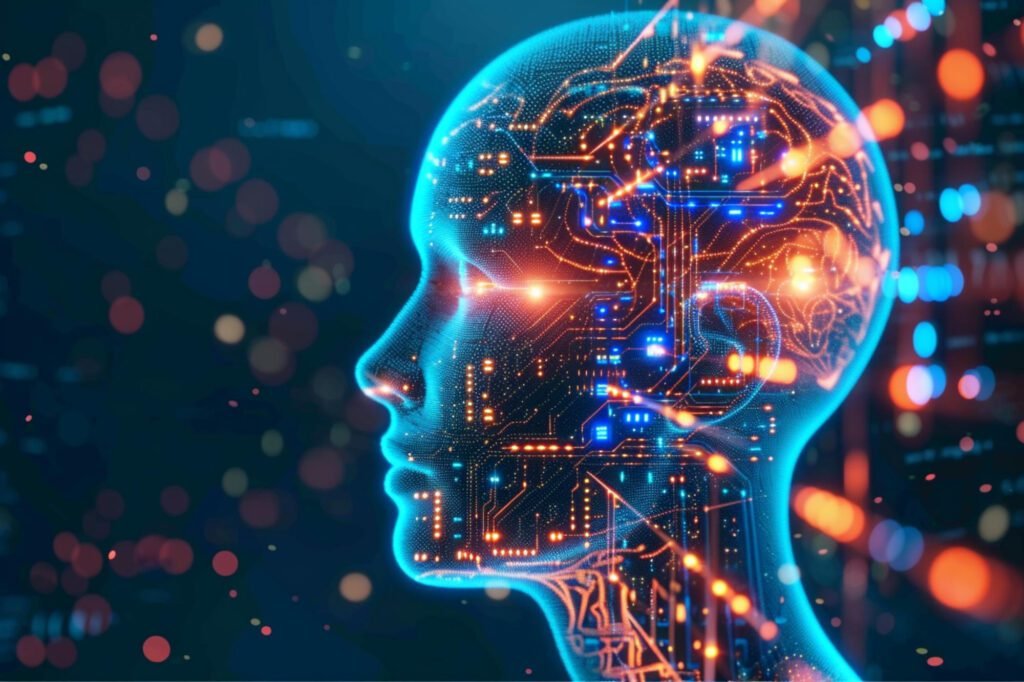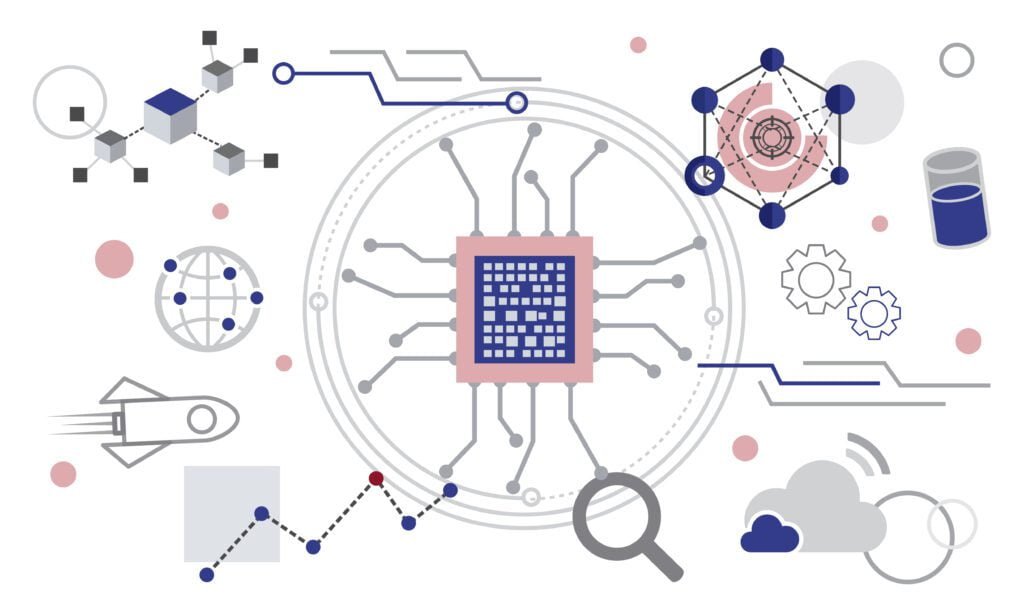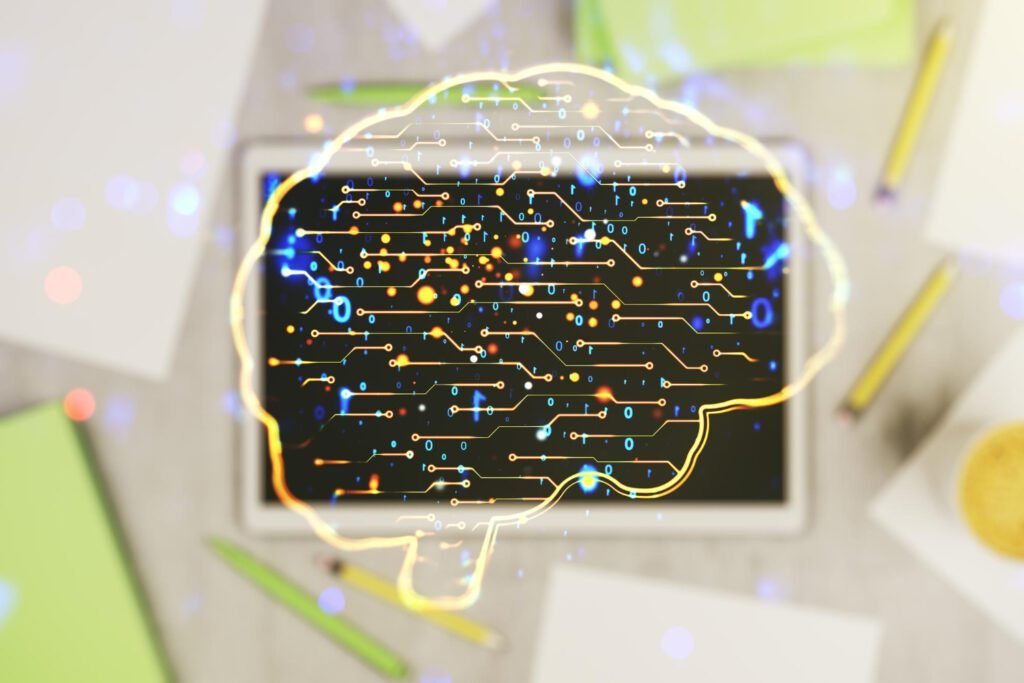Neuromorphic Computing: Bridging the Gap Between Machines and Minds
In the ever-evolving landscape of computer science, one fascinating area has emerged, inspired by the intricate workings of the human brain – Neuromorphic Computing. This specialized field integrates both hardware and software components to mimic the complexities of the human brain, resulting in remarkable advancements in computational speed, learning capabilities, and energy efficiency. Let’s delve into the key features that make neuromorphic computing a game-changer, especially in the realms of computer vision, robotics, and artificial intelligence (AI).

Real-Time Responsiveness
One of the standout features of neuromorphic systems is their event-driven nature, allowing them to respond to changes or stimuli in the environment in real-time. This inherent capability enhances overall system performance and facilitates rapid decision-making. This real-time responsiveness is particularly crucial in applications involving autonomous systems and time-sensitive operations. Whether it’s identifying objects in a dynamic environment or navigating through unpredictable scenarios, neuromorphic computing provides the agility needed for seamless interaction with the surroundings.
Adaptive Learning
Neuromorphic systems possess the unique ability to adapt, improve, and learn from incoming data or experiences. They dynamically adjust their behavior based on patterns and changes in the environment, laying the groundwork for machine learning and artificial intelligence. This adaptive learning capability enables neuromorphic systems to continually enhance their performance over time, making them well-suited for tasks that require continuous improvement, such as pattern recognition, language processing, and decision-making.

Low Power Consumption
Energy efficiency has become a paramount concern in the world of computing, especially with the rise of portable devices, edge computing, and robotics. Neuromorphic hardware is specifically designed to address this concern, boasting low power consumption without compromising performance. This feature makes neuromorphic computing an ideal choice for applications where energy efficiency is crucial. Edge devices, which operate at the periphery of networks and often run on battery power, stand to benefit significantly from the low power consumption of neuromorphic systems.
Fault Tolerance
Inspired by the fault-tolerant architecture of the human brain, neuromorphic computing distributes information across multiple locations within the system. This design ensures that the failure of one component does not disrupt the overall operation of the computer. This inherent fault tolerance is a significant advantage, especially in critical applications where system reliability is paramount. Whether it’s in healthcare, autonomous vehicles, or industrial automation, the ability to maintain functionality despite component failures is a key strength of neuromorphic systems.

Conclusion:
Neuromorphic computing stands at the forefront of technological innovation, drawing inspiration from the intricacies of the human brain to redefine the capabilities of computer systems. With its real-time responsiveness, adaptive learning, low power consumption, and fault tolerance, neuromorphic computing is poised to revolutionize various industries. As we continue to unlock the full potential of this groundbreaking technology, we can anticipate unprecedented advancements in AI, robotics, and computer vision, paving the way for a future where machines operate with unparalleled efficiency and intelligence. Please Contact Us for more detailed insights and learn how can we help you.
